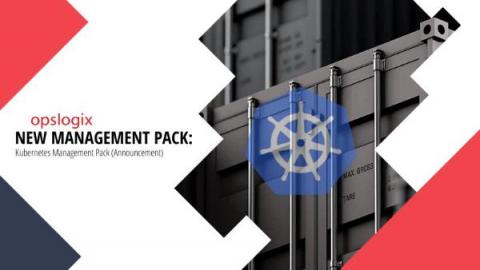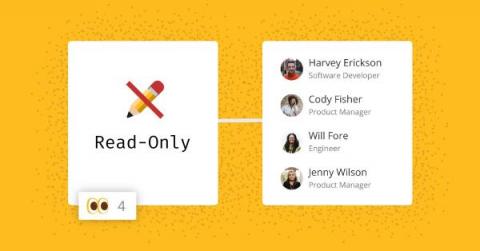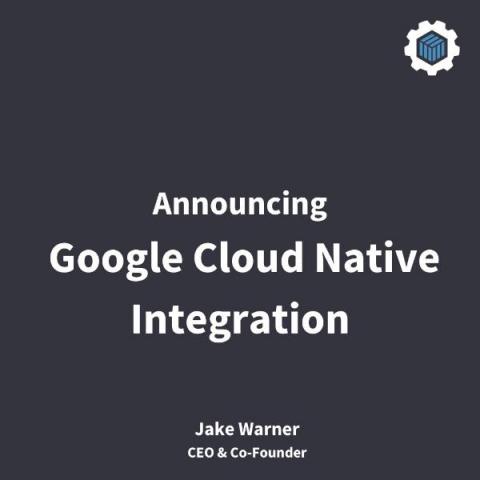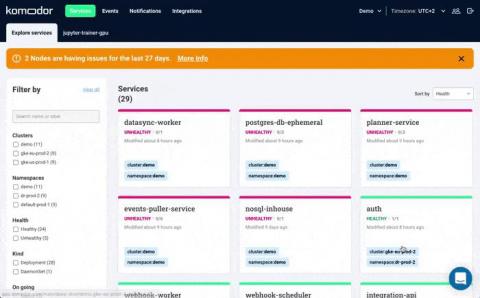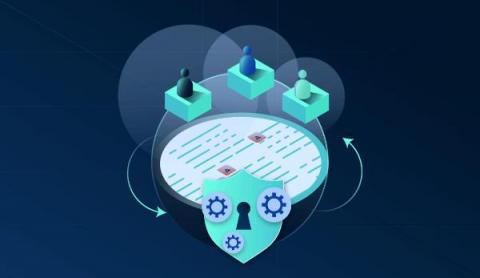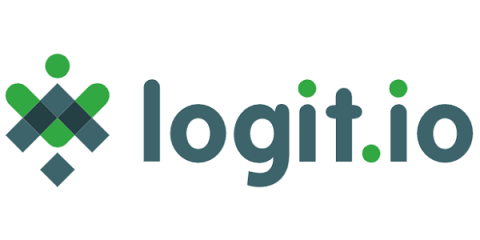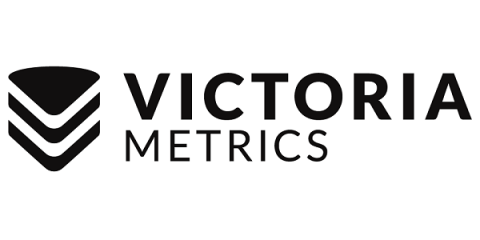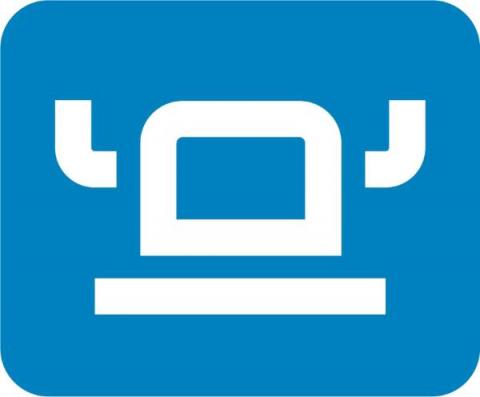Operations | Monitoring | ITSM | DevOps | Cloud
Product Release
Get Started with Playbooks Permissions
The goal of Mattermost Playbooks is to help teams consistently orchestrate any and all recurring workflows. A Playbook is a prescribed, repeatable process that a team has agreed on and formalized as a collaborative checklist saved on their Mattermost server. We at Mattermost use Playbooks for incident collaboration, customer onboarding, and product releases, along with many other complex processes.
Introducing Cycle's Support of Google Cloud Platform
Our goal has always been to automate and standardize the management of infrastructure and deployment of applications across user infrastructure. Today, we are excited to announce that we've launched support for Google Cloud (GCP), expanding our natively supported providers list and further expanding the choice, flexibility, and reach the platform offers to current and new users. With this new integration, users can deploy, manage, and scale their containerized workloads to GCP compute infrastructure.
Diving Under the Hood With Our New 'Node Status' Feature
More than anything else, Kubernetes troubleshooting relies on the ability to quickly contextualize the problem with what’s happening in the rest of the cluster. As complicated as this may sound, SPEED is really the name of the game. After all, more often than not, you will be conducting your investigation under the glow of fires burning bright in production. Getting relevant context quickly and seeing things holistically is exactly what Komodor was created for.
Announcing lockc: Improving Container Security
The lockc project provides mandatory access controls (MAC) for container workloads. Its goal is to improve the current state of container/host isolation. The lockc team believes that container engines and runtimes do not provide enough isolation from the host, which I describe later in the “Why do we need it?” Section. In this blog post, I’ll provide an introduction to lockc, discuss why you need it and show you how to try it out for yourself.
Mattermost v6.3 is now available
Mattermost v6.3 (Extended Support Release) is generally available today and includes the following new features (see changelog for more details).
Presenting Role-Based Access Control for Squadcast users
Logit.io Launch New & Improved Alerting Features
We are pleased to announce that we’ve recently launched new and improved alerting features which have been rolled out to users across all of Logit.io’s operating regions. As part of these improvements, we have sought to improve platform usability and have now included a new menu from which users can readily configure a number of popular alert types straight from our pre-configured templates.
What's new in VictoriaMetrics 2021?
The 2021 year is finished, so it’s time to look at changes VictoriaMetrics has gained during the past year. The first release in 2021 was v1.52.0. The last release in 2021 was v1.71.0. More than 20 new releases of VictoriaMetrics were published during the 2021. The full changelog is available at this page. Let’s look at the most interesting changes.
Path To Rancher Desktop 1.0.0
Rancher Desktop has been in development for just over a year with the open question: when do we have a 1.0.0 stable release? Along the way the scope has expanded, it was ported to run in more places and the development team has grown. All of this happened as we worked out if Rancher Desktop would be useful for people, what features people want to use and what are good ways to build it. We are finally ready to answer that 1.0.0 question.


